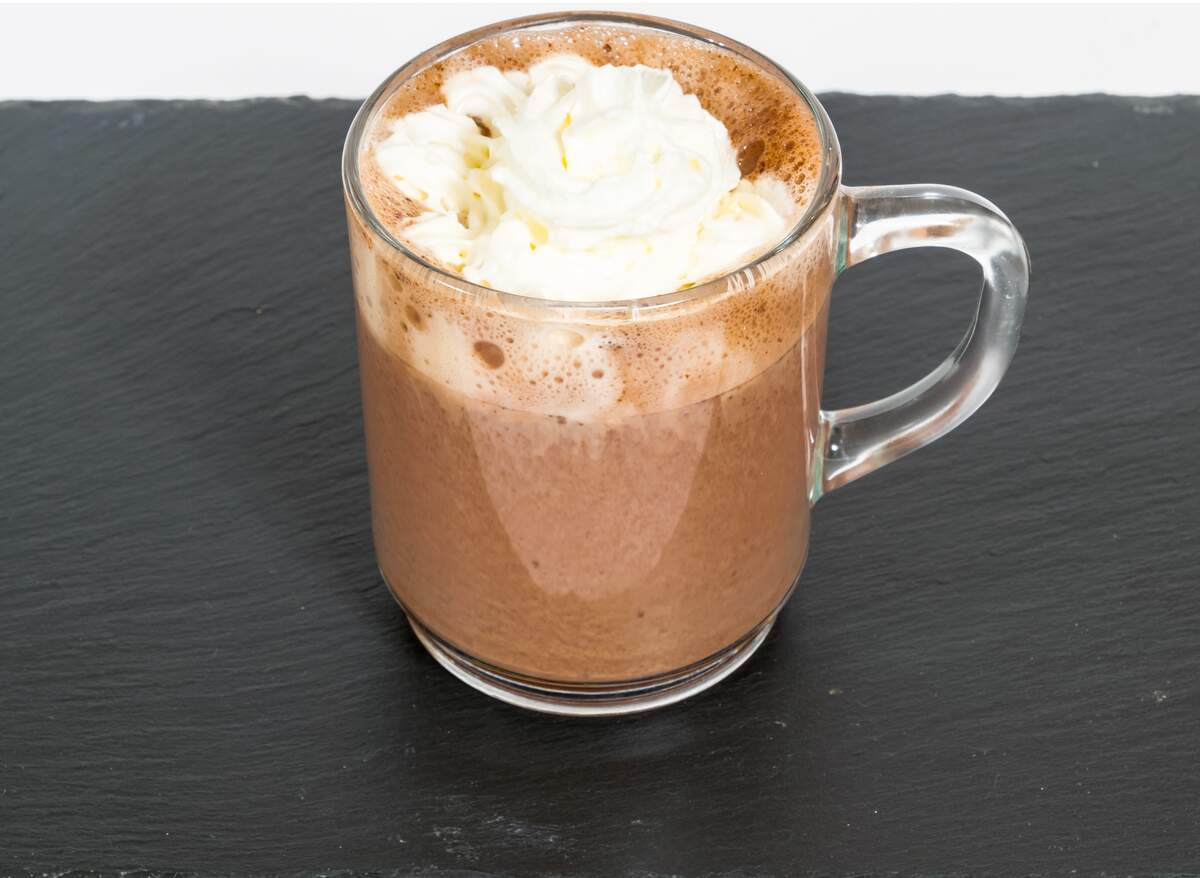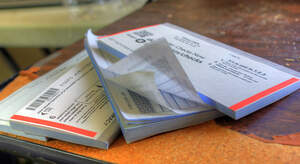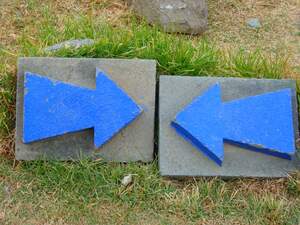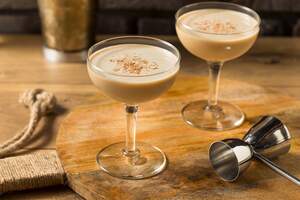

National Hot Chocolate Day
Observed
annually on January 31st
Dates
Tags
Food & Drink
Snacks & Desserts
Hashtags
Sources
https://aneducatedpalate.wordpress.com/2011/01/04/hot-chocolate-vs-hot-cocoa/
https://en.wikipedia.org/wiki/Hot_chocolate
https://web.archive.org/web/20190625130345/http://www.amanochocolate.com:80/faqs/whats-the-difference-between-hot-cocoa-and-hot-chocolate/
https://www.holidailys.com/single-post/2016/1/31/National-Hot-Chocolate-Day
National Hot Chocolate Day fittingly takes place in winter, as the drink is often associated with cold weather. Although the names "hot chocolate" and "hot cocoa" are often used interchangeably, there technically is a difference between the two. This difference is not legal, however, and the two are often mislabeled at stores, most often with hot cocoa being labeled as hot chocolate. The difference lies in that hot chocolate contains cocoa butter, and hot cocoa does not. Hot cocoa uses cocoa powder that is made by removing cocoa butter from ground cocoa beans. Hot chocolate is made from bar chocolate, which has cocoa powder, sugar, and cocoa butter in it. These differences give both their distinct flavor and texture. Hot cocoa is thinner and more chocolatey but is less rich. The richness in hot chocolate comes from the higher fat content, which comes from the cocoa butter.
The first chocolate beverage is thought to have been created by the Mayans around 500 BCE, although some believe chocolate drinks predate them. The Mayans ground cocoa seeds into a paste and mixed it with ingredients such as water, chili peppers, and cornmeal; this was drunk cold. By 1,400 CE, a cocoa beverage called xocōlātl was important to the Aztecs. It was seen as having an acquired taste because sugar had not yet been introduced to the Americas. Nonetheless, in the following century, the recently arrived Spaniards began drinking it. It was also served cold and was flavored with vanilla and spices. Xocōlātl became popular in Europe after being introduced there; Hernán Cortés brought cocoa beans and chocolate drink making equipment back with him to Spain in 1528. In Europe, it became an expensive drink of the upper class, as cocoa beans still only grew in the Americas.
It's not exactly known when cocoa first began being served hot, but there is a reference to it first being done so by at least the late sixteenth century. In 1828, the first cocoa powder producing machine was made. It separated cocoa butter from cocoa seeds, leaving purer chocolate powder behind. This made the powder easier to stir into milk and water, giving it a consistency similar to the instant cocoa powder of today. It was also at this time that the discovery of solid chocolate was made, when low amounts of cocoa powder were mixed with cocoa butter. This led to the creation of hot chocolate.
Today there are many variations of hot chocolate around the world, such as chocolate para mesa, a spicy hot chocolate popular in Latin America, and thicker hot chocolates such as cioccolata calda of Italy and chocolate a la taza of Spain. In America, the thinner hot cocoa is much more prevalent. Hot chocolate is often topped with marshmallows, whipped cream, or a piece of chocolate. There may be some health benefits to drinking it, but some forms are filled with sugar, hydrogenated oils, and fats, which can have adverse effects on health.
How to Observe National Hot Chocolate Day
Celebrate the day by making some homemade hot chocolate. Most store-bought hot chocolates are actually hot cocoas, so make sure that cocoa butter is an ingredient. One company that makes hot chocolate bombs is BomBombs. Top your drink with marshmallows, whipped cream, or anything else you would like. You could also spend the day educating others on the difference between hot cocoa and hot chocolate.





















